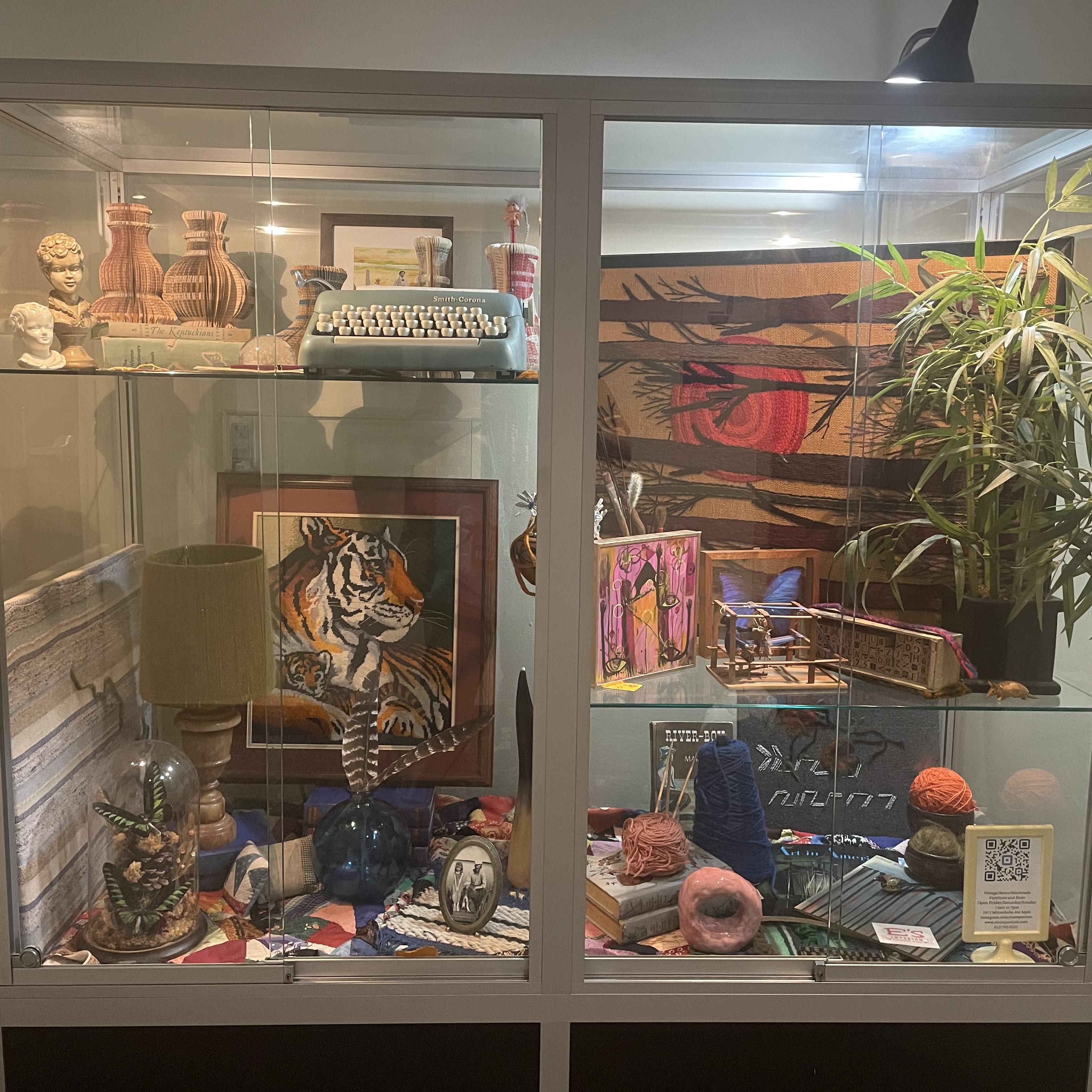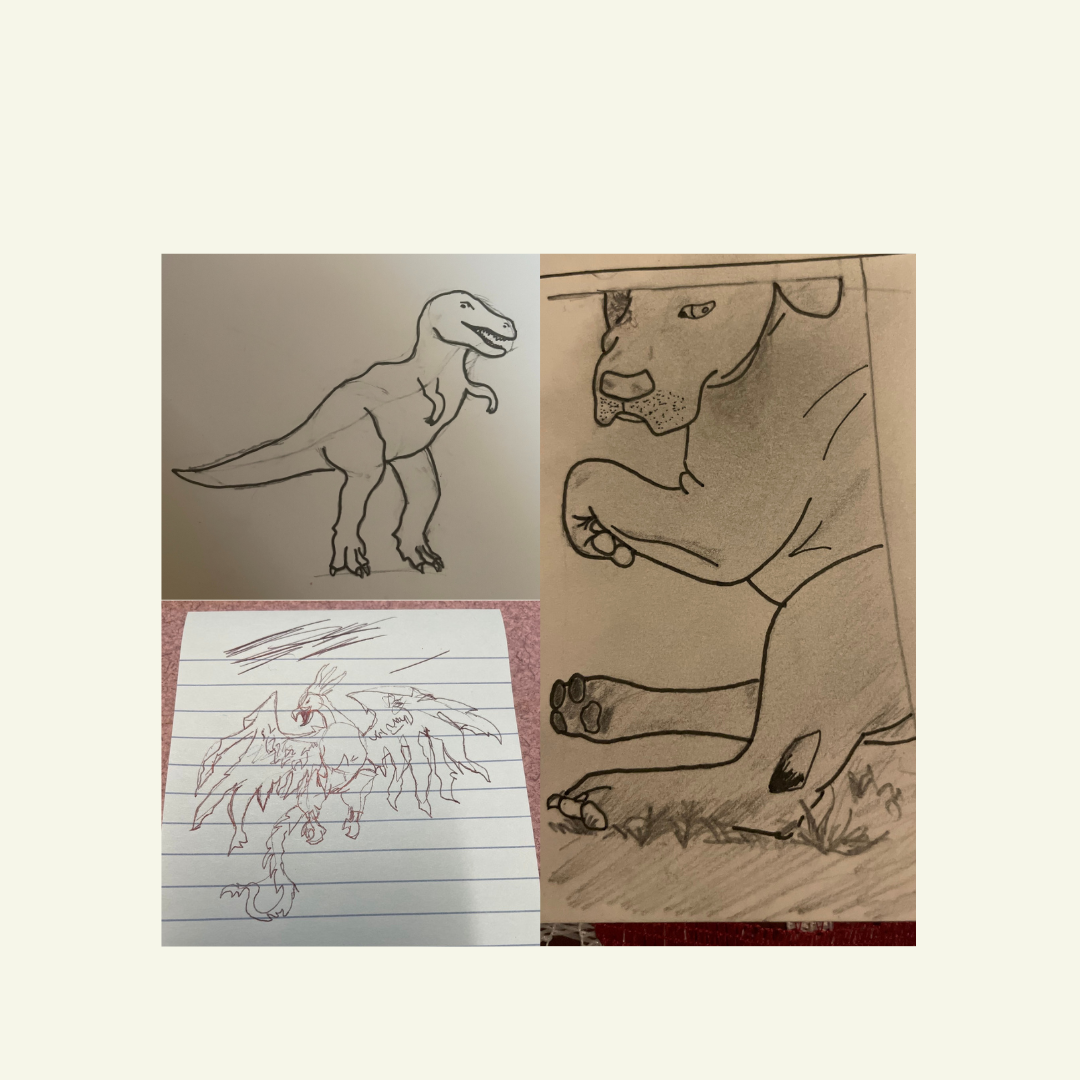Quick Summary
Later this month, due to forces outside my control, I’ll be visiting Valleyfair to take my first ride on a roller coaster. To prepare, I wanted to learn more about how these machines operate, and what makes them special. Will that calm my fears, or make them worse? I turned to Ebooks Minnesota to find out.

Ever since I was little, I have been terrified of roller coasters. This is probably due to my fear of heights. Who willingly submits themselves to falling at high speeds for fun? As a result, over the years I have learned to appreciate the beauty of carousels and bumper cars. I might even call myself a connoisseur. Later this month, due to forces outside my control, I’ll be visiting Valleyfair to take my first ride on a roller coaster. To prepare, I wanted to learn more about how these machines operate, and what makes them special. That should calm my fears. (Or will it make them worse?) I turned to Ebooks Minnesota to find out.
I always wondered how roller coasters can reach extreme heights and speeds while staying on track. “Fairground Rides,” by Sally Pray, explores the science and mechanics behind some of the most popular rides, ranging from my beloved carousels, to chair swing rides, to roller coasters from around the world. All rides exploit the laws of motion to offer a unique experience, but designs have come a long way over the decades. One of the roller coasters Pray explores is the Mauch Chunk Switchback Railway, built in Pennsylvania in the early 1800s and intended initially to transport coal. It is credited as the first roller coaster in the United States and had to be pulled uphill by mules for four hours before descending downhill. As it became more popular, its operators sped things up by installing a winch and cable to move the carts uphill. A ratchet safety feature was also implemented to prevent the carts from rolling back down when they weren’t supposed to.
Since then, designers have modified and improved their designs to create rides that are higher, faster, and more thrilling than their predecessors. The Kingda Ka roller coaster in Jackson, New Jersey, stands out. This one is special because it combines my two biggest fears: a huge roller coaster and a freefall drop that was added later called Zumanjaro: Drop of Doom. The roller coaster peaks at 456 feet and is the largest in the world. Motors and a hydraulic launch system power Kingda Ka through twists and a large loop. The ride lasts 28 seconds, and reaches a top speed of 128 mph. I think those would be the longest 28 seconds of my life. As for the “Drop of Doom,” I think it was named appropriately. It uses a system of cables to elevate riders to a height of 415 feet, only to release them back to earth. An electromagnetic brake system prevents the carts from crashing into the ground. Planning the safety measures is definitely as important as planning the thrills!
Reading “Fairground Rides” gave me much more appreciation for the work, technology, and mechanics that go into building roller coasters. I might actually be more scared than before, but at least I am informed. I don’t think I’m ready for the Kingda Ka or Zumanjaro, but I guess I’ll give the Wild Thing a shot when I make my trip to Valleyfair.




